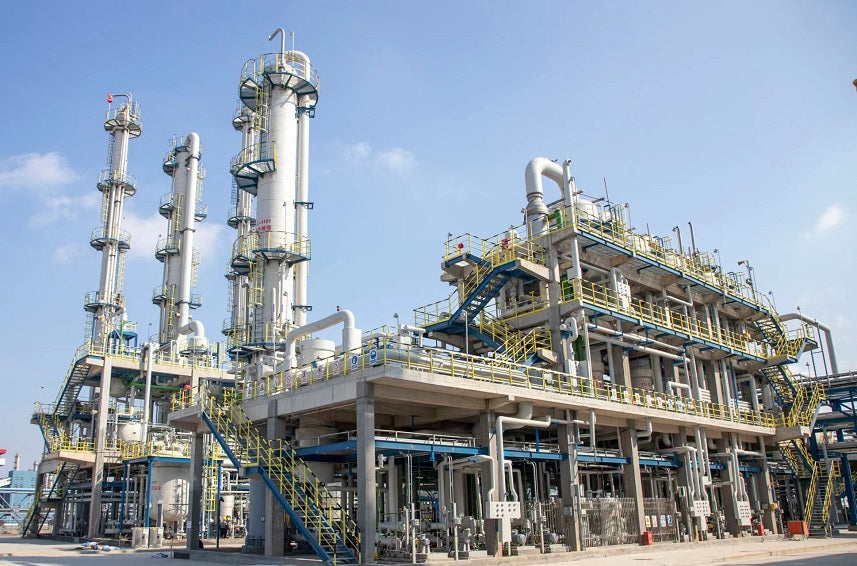In industries where explosive gases, dust, and fibers are present, safety and reliability in lighting are paramount. Understanding the classifications and divisions for lighting in hazardous areas is crucial to ensure the safety of personnel and equipment. This article explores the different classes and divisions used to categorize hazardous areas and the appropriate lighting solutions for each.
Understanding Hazardous Area Classifications
The National Electrical Code (NEC) and other regulatory bodies categorize hazardous areas based on the type and presence of hazardous materials. These classifications help in selecting the right lighting fixtures that can safely operate in these environments.
Classes
- Class I: Areas where flammable gases or vapors are present in the air in sufficient quantities to produce explosive or ignitable mixtures.
- Examples: Petroleum refineries, gasoline storage and dispensing areas, industrial plants using flammable liquids in dip tanks, and areas where ethanol or alcohol-based chemicals are handled.
- Class II: Areas where combustible dust is present.
- Examples: Grain elevators, flour and feed mills, plants that manufacture, use, or store magnesium or aluminum powders, and other metal dusts, coal plants, and other areas where ignitable dust is present.
- Class III: Areas where easily ignitable fibers or flyings are present.
- Examples: Textile mills, woodworking facilities, and other environments where ignitable fibers are handled or manufactured.
Divisions
Within each class, hazardous locations are further divided into two divisions based on the frequency and duration of the presence of hazardous materials.
- Division 1: Where ignitable concentrations of hazards exist under normal operating conditions or frequently during maintenance or repair activities.
- Division 2: Where ignitable concentrations of hazards are handled, processed, or used, but are normally in closed systems. Hazardous concentrations are not likely to be present under normal operating conditions.
- Class 1, Division 1- Area Where ignitable concentrations of flammable gases, vapors, or liquids are present in the atmosphere continuously or frequently under normal operating conditions.
- Class 1, Division 2-Area Where ignitable concentrations of flammable gases, vapors, or liquids are present in the atmosphere under abnormal operating conditions.
- Class II, Division 1-Area Where ignitable concentrations of combustible dust are present in the atmosphere under normal operating conditions.
- Class II, Division 2- Area Where ignitable concentrations of combustible dust are present in the atmosphere under abnormal operating conditions.
- Class III, Division 1-Area Where readily ignitable fibers or materials that generate combustible flyings are present in the atmosphere under normal operating conditions.
- Class III, Division 2-Area Where readily ignitable fibers or materials that produce combustible flyings are present in the atmosphere under abnormal operating conditions.
Groups
For Class I locations, the NEC further categorizes hazardous gases and vapors into Groups A, B, C, and D. Each group represents different materials with specific ignition and explosion properties.
- Group A: Acetylene
- Group B: Hydrogen, or gases with similar characteristics
- Group C: Ether, ethylene, and similar gases
- Group D: Propane, gasoline, natural gas, and similar gases
For Class II locations, the groups are E, F, and G, representing different types of dust.
- Group E: Metal dusts (such as aluminum and magnesium)
- Group F: Carbonaceous dusts (such as coal or coke dust)
- Group G: Grain dusts, flour, starch, and other combustible dusts

Lighting Solutions for Hazardous Areas
When selecting lighting fixtures for hazardous areas, it is essential to choose products designed and certified for the specific class, division, and group of the area. Here are some key considerations:
- Explosion-proof Fixtures: Designed to contain any explosion within the fixture, preventing it from igniting the surrounding atmosphere.
- Ingress Protection (IP) Rating: Indicates the level of protection against dust and water. For hazardous areas, a higher IP rating is typically required.
- Material and Construction: Fixtures should be made of durable materials that can withstand harsh environmental conditions, including corrosive chemicals, extreme temperatures, and moisture.
- Certification: Ensure the lighting fixtures are certified by relevant authorities, such as UL (Underwriters Laboratories), ATEX (European certification), or IECEx (International Electrotechnical Commission Explosive).
USlighting’s Hazardous Area Lighting Solutions
At USlighting, we provide a comprehensive range of Class I, Division 1, Groups C, and D explosion-proof lighting fixtures designed for the most hazardous environments. Our products meet stringent safety standards and are engineered to deliver high-quality illumination while ensuring the safety of your operations. Our fixtures are robust and reliable, capable of performing in the harshest conditions.
For more information on our hazardous area lighting solutions and to find the right product for your needs
